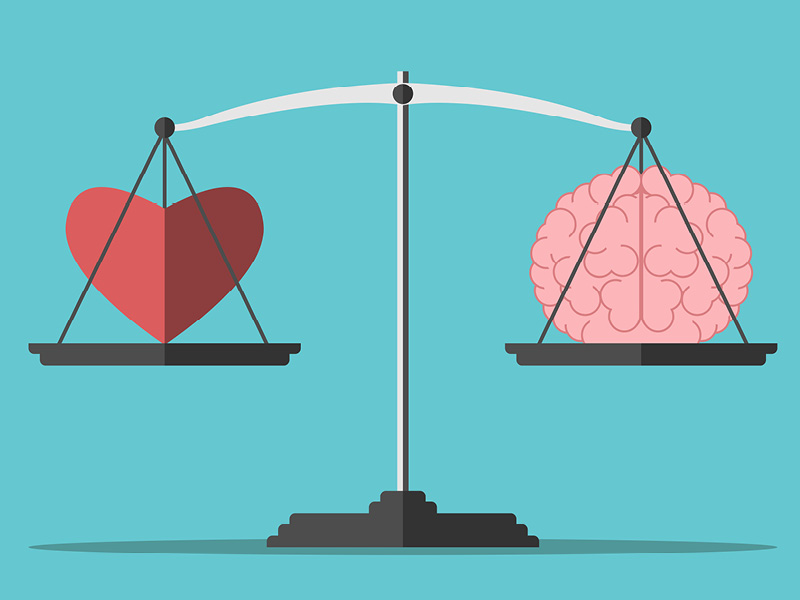In today’s technology-driven business environment, the new competitive advantage is emotional. CEOs and leaders, access the triple bottom line by creating an engagement ecosystem in your organisation.
To tap into the triple bottom line, start by looking at organisational culture as an ecosystem. The triple bottom line is underpinned by engaged employees equipped with Emotional Intelligence (EI). Employees with EI skills deliver better performance and drive higher customer advocacy on the front line. Leaders with high EI motivate employees to get engaged in their roles, building high performing teams in the long-term.
Recruiting for and developing EI at all levels of the organisation is the key to developing an engagement ecosystem.
What is an engagement ecosystem?
An ecosystem is a network of relationships between people and their environment, interacting as a holistic system.
In any business, the ecosystem is created when the human elements — employees and customers — interact with the non-human elements such as policies, procedures, systems and the physical space. How these two things interact determines the culture of the organisation.
An engagement ecosystem aligns the environment that employees work within, with both employee engagement and customer engagement drivers, underpinned by EI. At every level of the organisation, EI skills are required to build and maintain a sustainable culture of engagement and achieve high performance.
Engagement is at the heart of culture
From the very top of the organisation to the frontline, culture is the key to excelling in today’s digital economy and customer-centric business world.
Culture is about how people behave in an organisation and the meaning they attach to that behaviour. Leaders are the custodians of culture and behaviour: the behaviours that they both role model themselves, and reward in others. Ultimately, culture is about values, character, rituals and belief.
When leaders leverage EI to get employees engaged — thereby driving higher customer advocacy — a culture of engagement is created. Such a culture is built on the foundations of strong relationships between leaders, employees and customers.
Engagement is a feeling that drives behaviour — effort behaviour in employees and loyalty behaviour in customers. How employees feel about the organisation they work for determines the level of effort they will apply in the workplace.
Similarly, how a customer feels about a brand will determine if they stay or go. Our recent Heartonomics™ Series Report, ‘Accessing the Triple Bottom Line with Emotional Intelligence’, provides the business case for investing in EI to drive both employee and customer engagement, at all levels of the organisation.
The link between employee and customer engagement
What impact does the way employees feel about the organisation they work for and the work they do have on customer experience, and ultimately the bottom line?
In HR, employee and customer engagement are often viewed as separate things, rather than intrinsically linked. Employee engagement is measured annually via an HR survey and not looked at in relation to customer engagement. Yet an employee’s level of EI and engagement on the frontline directly determines the quality of customer service and ultimately customer spend.
In any business, the whole is greater than the sum of the parts. Employees with high EI are highly engaged and perform better on the front line, forming meaningful interactions with customers. In this way, they deliver a better customer experience, sell more, have higher productivity and contribute to a high performance culture. Leaders with high EI have higher performing teams: teams of highly engaged people who perform better as part of a greater whole, not just as individuals.
In summary
Employee and customer engagement are intrinsically linked; both to each other and the bottom line. It’s simply not possible to engage customers without engaged employees. The foundation of an engagement ecosystem is for leaders to harness EI to understand how interactions between the organisational environment and its employees make people feel — both employees and customers.
CEOs and leaders, to build an engagement ecosystem, understand what aspects of the environment make people feel good, and what aspects are disengaging and demotivating. This will help you to determine what makes customers want to buy from the organisation and recommend the brand to their networks.







